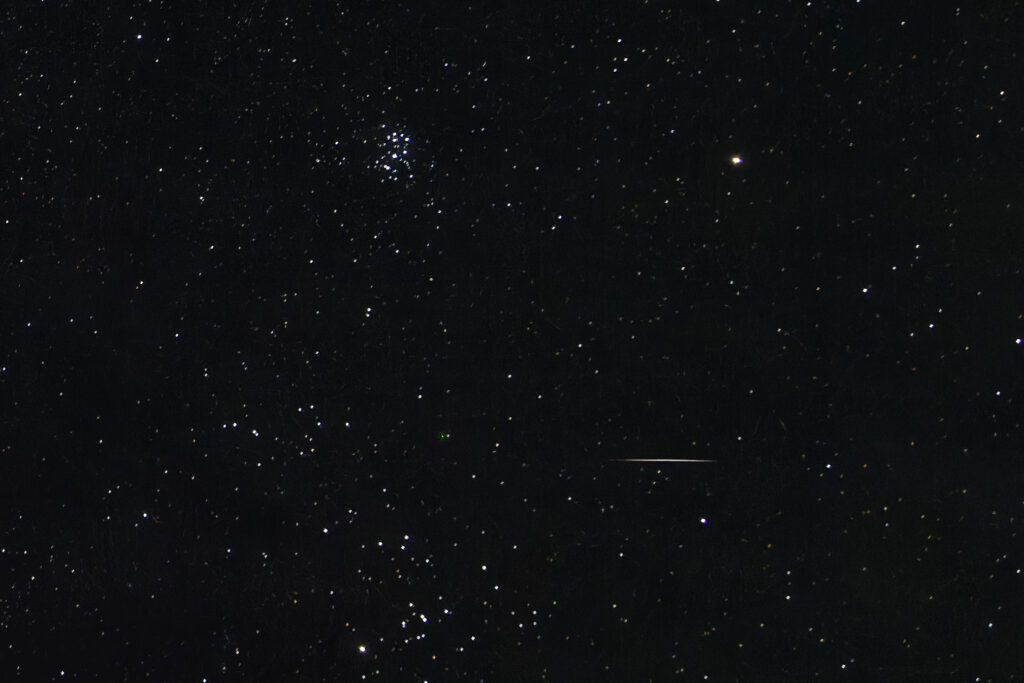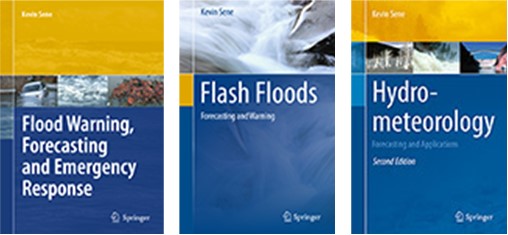Meteors or shooting stars are sometimes described as nature’s fireworks and are at their most impressive during a meteor shower. These occur when the Earth’s orbit takes it through the debris left behind by a comet or asteroid, causing microscopic particles of rock and dust to burn up in the atmosphere. The first meteor shower of the year is the Quadrantids and after Christmas I was looking forward to some crisp clear nights for a sighting, having first seen them two years ago.

The first meteor shower of the year
However, although the weather has improved somewhat, it was cloudy on the night of the peak (3-4 January) and the chances of a sighting are small as I write this post a week later.
I still have fond memories of a previous attempt to see a Quadrantids meteor shower though. The advice was to find an east-facing site so we decided to go to a coastal site first then go inland to a renowned dark sky site at a reservoir.
Our first stop was at the entrance to a wind farm, the hillside dropping invisibly down toward the shore. The turbines made an eerie sight turning gently in the light breeze, but with little sign of much else, as it was a very dark night with no moon. After seeing a few faint flashes, it was getting so cold that I decided to pack the camera and tripod away, working my way hand-over-hand like a mountaineer along the car roof to reach the door, slipping and sliding on the by now frozen road surface below.
Gingerly driving back down the now icy road, we abandoned all thoughts of heading inland so drove to another coastal spot, this time a popular beach with an eastward facing shoreline. The map at the carpark suggested it would be an easy walk to the beach but after a few minutes in the dark along a lime tree lined track it go so wet and muddy we gave up, retreating back to the safety of the car again – I must have taken a wrong turn somewhere.
By now though, we were determined to make a sighting so stopped in an area of open fields before returning to the main road. By chance it was quite a good spot with just a few farm cottage lights in the distance and success arrived soon, with a couple of brief flashes visible to the naked eye. A longer, brighter streak was enough to raise a ‘wow’ from me, at least, followed not long after by the decision to move on before our hands got any colder.
Inspired by this, we made one last stop at another beach car park and had just set up when a torch appeared in the bushes nearby, shining directly at us. When a distant engine started up as well we didn’t hang around to find out what was happening and beat a hasty retreat! An hour later, we were back in the warm again, reflecting on quite an adventure and having successfully spotted several meteors.
Lessons learned
I at least learnt a few lessons from this trip including:
- Wrap up warm in winter – really, really warm – and be prepared for roads and car windscreens to ice up
- Try to check out possible viewing locations in daylight first rather than go route finding in the dark, and bring a good torch with you
- Take your safety seriously even in the dead of night as you never know who else will be around! Also, take a fully charged mobile phone in case you run into problems
Now, that’s got me thinking, when is the peak of the Perseids meteor shower later this year? The photo shows a sighting from the year before last …
